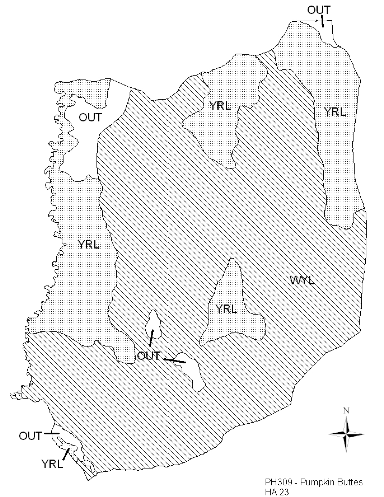Outdooraddict
Active member
O.k. boys. Doing a little research for the next year's antelope season and came across this map and more like it. Maybe I missed something, but what does each abbreviation mean??
I see: CruWYL, YRL, SSF, WYL, and OUT
Any ideas of what they mean or where I can find out? Thanks!
I see: CruWYL, YRL, SSF, WYL, and OUT
Any ideas of what they mean or where I can find out? Thanks!






